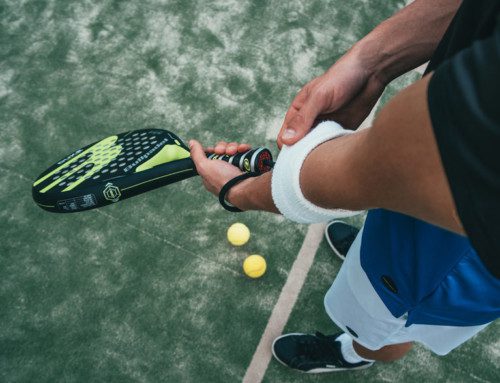Even if you're not on a swim team, we all enjoy cooling off at the pool during summer. Swimming is often considered a "safe sport" due to the buoyancy of water reducing pressure on joints, but injuries may still occur if you're not careful.
Most injuries are a result of poor swimming form and biomechanics. Read on to learn more about the most common swimming injuries and how you can prevent them:
Knee Injury
Knee injuries happen for a variety of reasons in swimming, including kicking and pushing off the wall during a turn. One of the most common knee problems occurs during the kicking motion for the breaststroke, also known as swimmer's knee.
The position during this kicking motion creates increased pressure on the medial collateral ligament, leading to instability of the knee and pain on the inside of the joint. To avoid risking swimmer's knee, you must address the hip range of motion and improve your biomechanics during the stroke to reduce strain in the middle of the knee.
Shoulder Injury
Shoulder injuries are widespread in swimming due to the repetitive overhead nature of freestyle, backstroke, and butterfly stroke. Shoulder issues or swimmer's shoulder can involve the rotator cuff and instability of the joint.
Focusing on proper stroke form in addition to enhancing the strength and stability of the shoulder joint helps address these issues. Swimming is a full body exercise, however, so you'll also want to consider your hips, low back, and pelvis when treating shoulder dysfunction.
Lower Back Injury
While not as common as swimmer's shoulder or knee problems, lower back injuries are still a swimming risk. Swimming requires rotational motion as well as flexion and extension of the spine. As with most sports, weakness or lack of strength and support into these motions will lead to overuse and stress on the spine.
Tight hip flexors can cause excessive extension in the spine, leading to compression and pain in the lower body. Improper head and neck position in the water can also lead to increased stress on the muscles and ligaments in the back.
How to Prevent Swimming Injury?
Inadequate biomechanics and swimming form often cause swimming injuries. Outside of stretching before you swim, there are a few options to avoid injury:
- Try warm up/cool down exercises before and after activity
- Practice functional strength training
- Focus on using proper stroke techniques
If you've experienced a recent swimming injury or would like to begin a swimming training program and want to prevent these issues, schedule an appointment with SetPT today!





